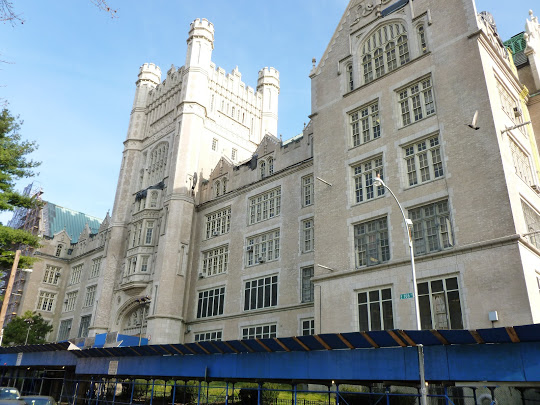By Leslie Puente-Ervin
LatinaLista
I am a Latina born and raised in the South Bronx. Society didn’t expect much of my friends and me. By all accounts, I should have been a statistic: a teenage mother; high school dropout; public assistance recipient.
I was fortunate though. I attended a specialized high school in NYC which opened many educational doors for me.
Many of my friends were not so lucky.
When I went to high school, I saw firsthand the inequity in schools. This was over 20 years ago!
I could have ended up in my zone school, Morris High School, which back then had a reputation for being out of control. It was reputed as a cesspool for gang violence and a dumping ground for the borough’s “unwanted.”
The high school has since been dissolved and a series of smaller schools occupy that space today, but I can’t help wonder: how differently would my life had turned out had I attended that school instead? I was one of the very few who actually “made it out.”
And, it changed the course of my life forever.
Morris High School is reminiscent of the types of challenges many impoverished school districts still face today: disparity in resources; lack of administrative and parental support; a wide achievement gap between low-income students and affluent ones; tracking of struggling students, assigning them to unqualified teachers; disproportionate attrition rates.
Yes. All students have access to a free education, but all students do not have access to the same quality education. Education in this country may be equal but it sure is not equitable.
I had the pleasure of attending a leadership summit this year where Dr. Pedro Noguera – a leading authority in educational equity – shared a story of a school where the low performing students were placed in the basement, and so he posed the question: Who’s in your basement?
In other words, who are the disenfranchised students? Who are the students who may not be as fortunate as some of us to attend a specialized high school or have supportive parents with high expectations?
Who are the students who need academic, social, and emotional interventions? Because the truth is that those are the students, who ironically, are not getting the support they need. Sadly, in this country, those students are mostly Black and Latino.
They look like you and me.
How can we ensure that every student in the public school system whether in the inner city or in an affluent suburb is getting exactly the instruction and support he/she needs when needed?
The “basement” is analogous of any school district who fails to provide what each student needs – regardless of socioeconomic background. It’s time that we take the students “out of the basement.”
It’s time to stop blaming others, and search introspectively to see what we can do as individuals to end the inequity that still plagues our nation.
(Photo: Morris High School was built in 1897. The last class graduated in 2004 before the campus was separated into four small schools.)
Leslie Puente-Ervin is an educator and researcher.



